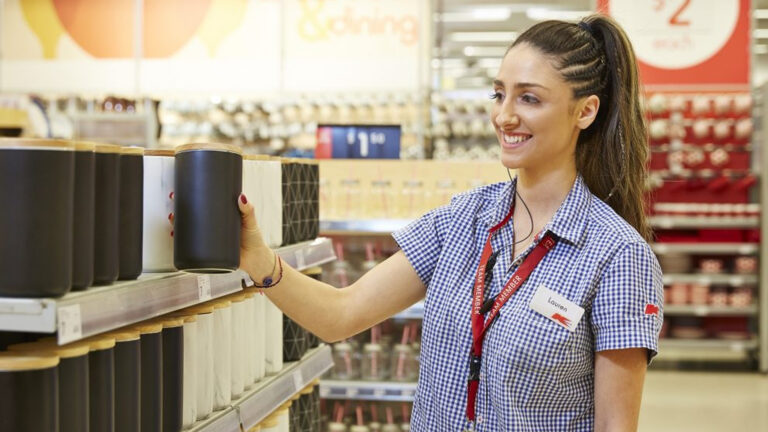Why qualifications are increasingly irrelevant

A recent article in The New York Times declared “the relationship between American businesses and their employees is undergoing a profound shift: For the first time in a generation, workers are gaining the upper hand.”
It’s quite a statement, particularly within the US, where the issue of minimum wages has been an ongoing battle, with employers largely having the upper hand for decades. The article goes on:
“The change is broader than the pandemic-related signing bonuses at fast-food places. Up and down the wage scale, companies are becoming more willing to pay a little more, to train workers, to take chances on people without traditional qualifications, and to show greater flexibility in where and how people work.”
There are two things happening here to create this ‘moment in time’: the first is that companies are understanding that treating workers better has a long-term benefit in a market that has a talent shortage, which is something that we have seen signs of across markets emerging from COVID lockdowns. This is fantastic to witness and as a card carrying member of the “hire with heart” club I am profoundly excited to see candidates put front and centre. But, the second change is equally as groundbreaking and that is around qualifications and past experience. Companies are realising that qualifications and past experience can reduce a talent pool with very little to justify the benefit of doing so.
It’s a significant trend we’ve seen emerging over the last year, when Google and Microsoft announced that you didn’t need a college degree anymore to get a job there and also opted for on-the-job training certificates. Microsoft made it clear at the time that the move was a bid to address the lack of opportunity for underrepresented populations.
The NYT article highlighted the work done at IBM in taking a fresh approach through its apprenticeship program on how it views people’s qualifications for a job. Since 2017, in a bid to find better talent, executives concluded that the qualifications for many jobs were unnecessarily demanding and so they did away with them. Where jobs might have required applicants to have a bachelor’s degree in the past, for example, they realised a six-month on-the-job-training course would adequately prepare a person for the role. It’s been a huge success.
IBM’s senior vice president for transformation and culture is quoted as saying “By creating your own dumb barriers, you’re actually making your job in the search for talent harder.”
We couldn’t have put it better. You have to ask yourself when the world’s most innovative companies, and often the most competitive to work at, decide that qualifications don’t matter and that broadening their talent pool has better hiring outcomes, can you afford not to pay attention?
We think not.
In fact, Sapia was built specifically to ignore qualifications, CVs and past experience. That might seem like quite a radical thing, but we believe that is the only way we can truly empower companies to find the best talent and circumvent the (dumb!) barriers we all put up in our search for talent.
It’s not just qualification and past experience that don’t matter, CVs are a barrier as they are full of irrelevant information that only contribute to biased outcomes. Schools attended, past experience, gender, ethnicity, age can all be inferred from a CV even when names are removed. As hiring managers we scan them looking for queues that demote good hires based on no data, and no evidence – all while confirming our own biases.
Our technology was built so that companies can find undiscovered talent from attributes that qualifications, CVs and past experience can’t reveal by understanding the unique attributes that individuals bring to a job, and how those might align with the job requirements. We look further than any human can to understand what it is that motivates individuals, how they respond to things, what their strengths and weaknesses are and whether they might be a good fit for a job – based on real data.
If you want to attract talent and remain competitive in a market where the employee has the upper hand, you need to be doing more than”posting and ghosting”. You need to be doing more than looking at blind CVs, and haphazardly parsing information that does little to serve your company.
You need to draw a red line through past experience and qualifications. You need to treat everyone with heart. You need to be looking at what makes a person tick, and you need to respect the potential value everybody has. Anybody could be your next hire, and everybody should be considered.
That’s the only way you are going to be able to hire in this new – and welcome – world where candidates aren’t just numbers, but valuable, unique humans who you need, more than they need you. You need undiscovered talent.
____________________


